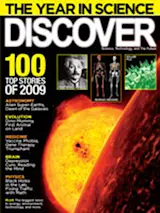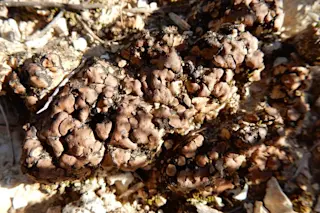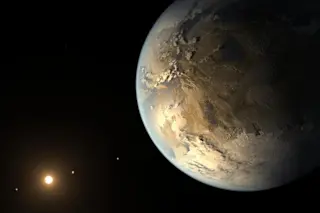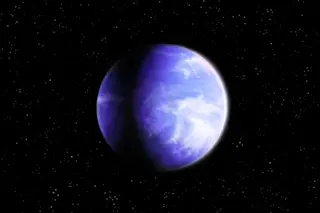In the race to find planets around other stars, the grand prize would be to find a world like Earth orbiting a star like the sun—and astronomers closed in on that trophy in 2009. The first known exoplanets were huge and gassy. Then in February a European group led by Alain Léger of the Institut d’Astrophysique Spatiale in Paris and Daniel Rouan of the Paris Observatory used the Corot space observatory to find a planet less than twice the diameter of Earth, the smallest confirmed exoplanet ever seen.
Actually, “seen” is misleading. What Corot detected was the subtle, repeated dimming of the star Corot-7, 500 light-years away in the constellation Monoceros. This dimming, the team concluded, was caused by a planet orbiting so that it passed directly between the parent star and Earth, a so-called transit. “They’ve gone to great lengths to rule out any other explanations,” says David Charbonneau ...















